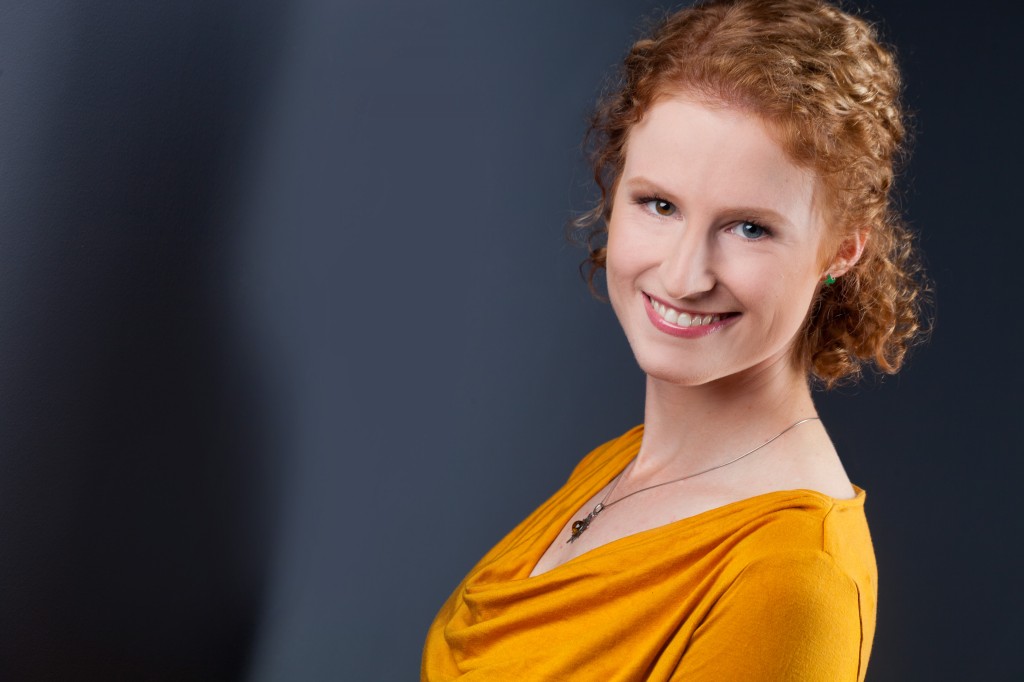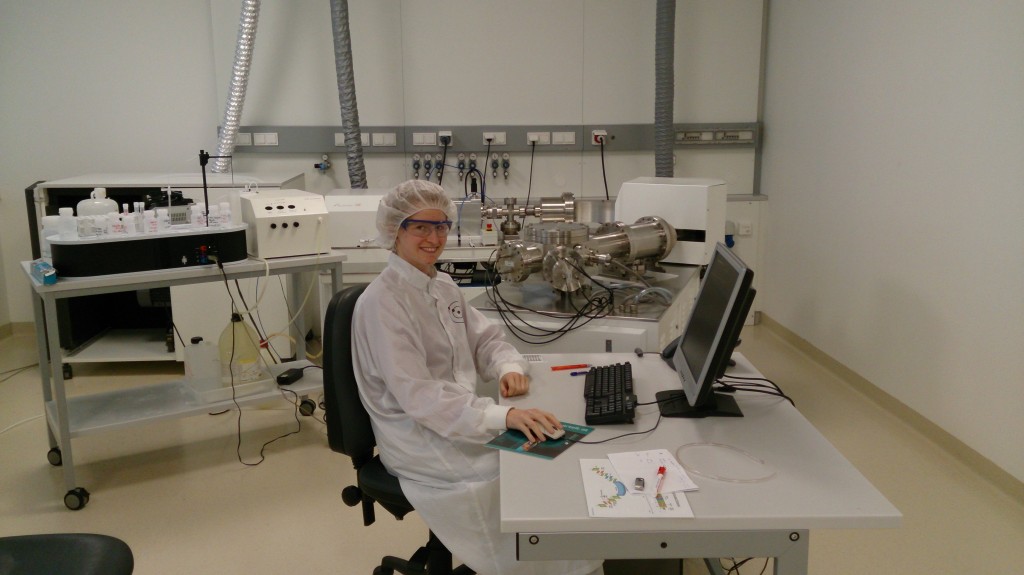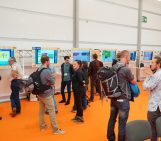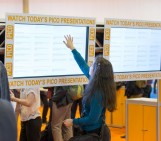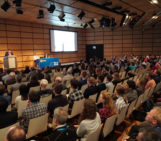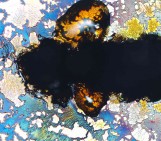This week in GeoTalk, we’re talking to Sophie Gangl, a masters student from the University of Natural Resources and Life Sciences (BOKU), Vienna. Sophie tells us about the intersecting fields of geoscience and archaeology, and shares the benefits of presenting postgraduate projects at an international conference.
Hi Sophie, can you tell us a little about yourself and what you’ve been investigating as part of your MSc course?
I have always been very interested in chemistry, so I decided to do my masters project in the Department of Chemistry at BOKU. Luckily, my current advisor (Thomas Prohaska) had an open position in his working group, the Vienna Isotope Research Investigation and Survey (VIRIS). I was entrusted with a very interesting project: using strontium (Sr) isotope ratios to reconstruct migration and mobility patterns. The aim of the project is to find out if the Early Medieval population of Thunau am Kamp in Lower Austria was local, or if the inhabitants had moved to this site during the course of their lifetimes.
How can we use geoscientific methods to answer questions in other subjects, like archaeology?
In nature, the abundance of the isotope 87Sr varies because 87Rb decays to 87Sr over geological time periods. But the absolute amount of the other natural stable Sr isotopes (84Sr, 86Sr and 88Sr) remains constant. This is why 87Sr/86Sr ratios are characteristic for a specific region – it all depends on the age of the geology and the initial amount on 87Rb.
Humans and animals primarily take up strontium through drinking water and their diet, and since strontium has similar chemical properties to calcium, it’s mainly stored in teeth and bones. Tooth enamel is formed during early childhood and doesn’t alter much in later life. Therefore, the enamel-enclosed strontium has the same isotopic composition as the environment an individual lived in during their early years (provided that their food came from the close proximity).
Stontium isotope ratios can be measured using mass spectrometry. For the project I’m working on, Sr isotope ratios were measured using the mouthful that is multi collector-inductively coupled plasma-mass spectrometry (MC-ICP-MS)! To determine residential mobility, 87Sr/86Sr ratios in enamel samples are compared to the local strontium signature, which is specific to that area. If they match, it indicates that the individual was a local (autochthonous).
You were awarded the Outstanding Student Poster Award for your presentation at the EGU General Assembly in 2013, what inspired you to present your work at an international conference?
My advisor encouraged me to attend the EGU General Assembly 2013 with a poster presentation. At first I was overwhelmed by the idea, as I had never attended a conference before. But it turned out to be a great experience and I am grateful for the possibility to participate. I had the opportunity to talk to other scientists and discuss both my research and theirs. Furthermore, I joined several oral and poster sessions where I learned more about research fields outside my own. Participating in an international conference has reaffirmed my plan to embark upon an academic career and it has definitely expanded my horizons.
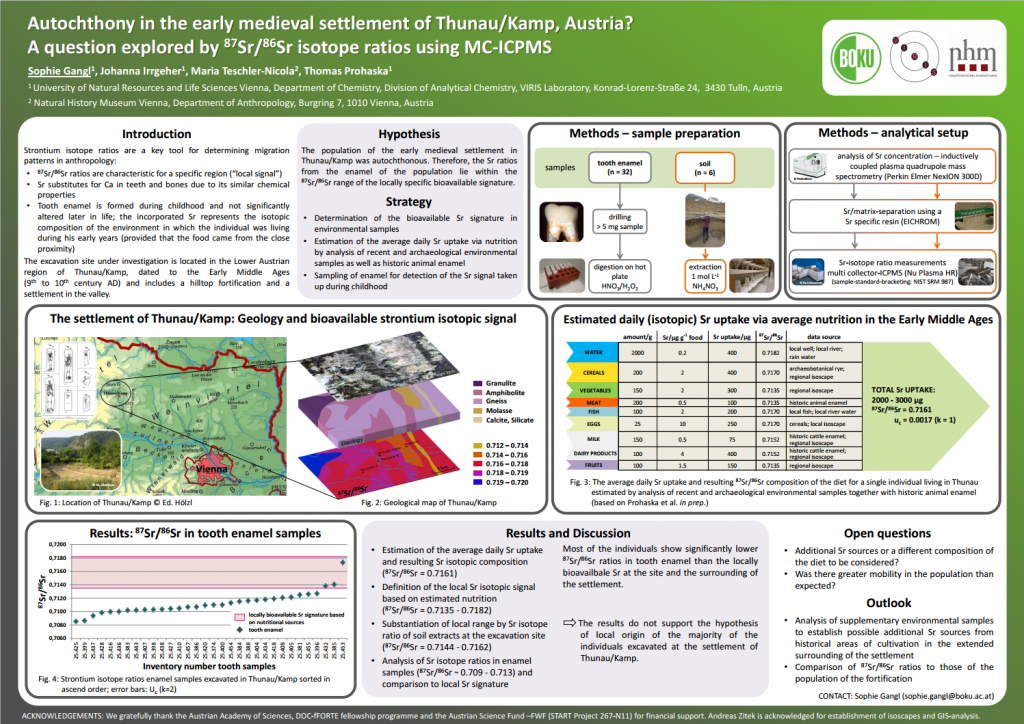
Connecting geoscience and archaeology: “Autochthony in the early medieval settlement of Thunau/Kamp, Austria? A question explored by 87Sr/86Sr isotope ratios using MC-ICPMS” (see here for a larger image). (Credit: Gangl, S.; Irrgeher, J.; Teschler-Nicola, M.; Prohaska, T.)
Do you have any tips for fellow postgrads hoping to present projects at a national or international conference?
My number one tip is: just do it! I think a lot of students have concerns about whether their project is of suitable importance or scope to be presented. But everybody can attend, even if their project is just a small one. The feeling you have when other scientists are getting interested in your work is definitely worth the effort.
Finally, with a few months of your masters course to go, what’s next?
After I have finished my studies, I will continue with a PhD. I would like to do research in the field of ultratrace analysis, maybe in forensics, marine or polar research. I hope that I will find an interesting PhD position and am looking forward to starting this exciting and challenging phase of my life.
If you would like to suggest a scientist for a Geotalk interview, please contact Sara Mynott.

